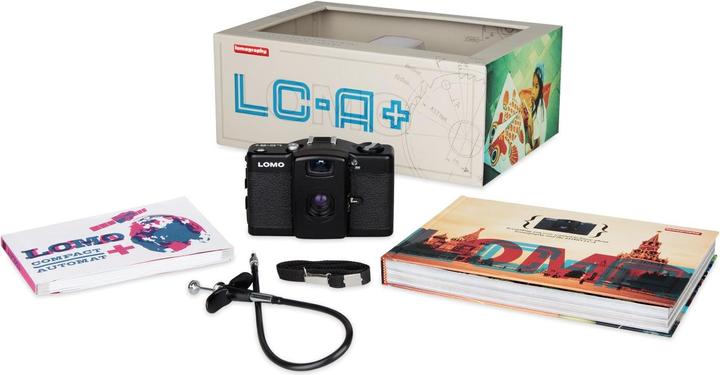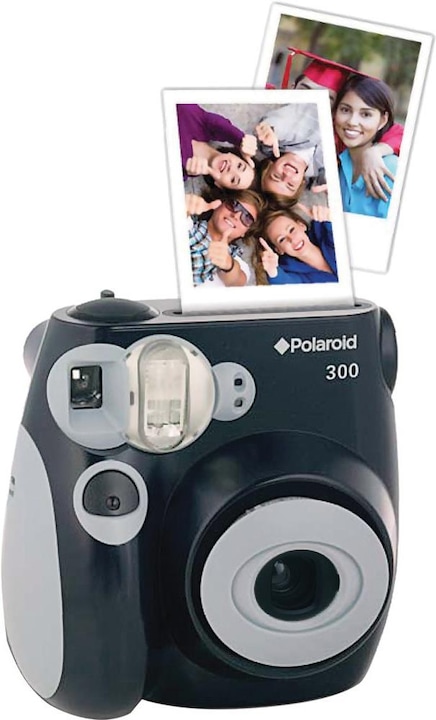
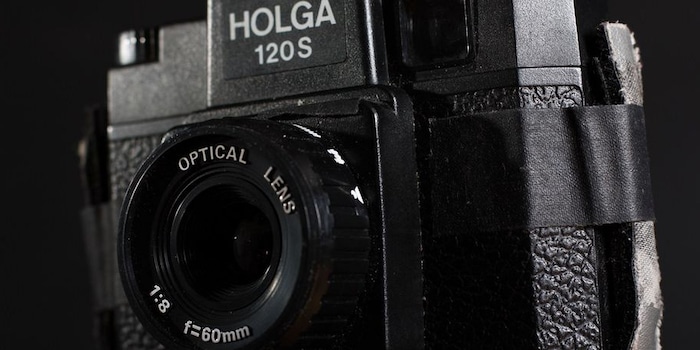
The best worst cameras of all time
What makes a camera legendary? Definitely not technical perfection – quite the opposite. Read on for a tongue-in-cheek but loving homage to imperfection.
Quite a few cameras have made history in spite of or because of their technical flaws. Many of them have proven to be very important, others have reached cult status. These are my personal favourites.
1. Kodak Instamatic
I used to think this camera gave Instagram its name because it takes square format pictures. But according to Wikipedia, Instagram is a portmanteau of “instant camera” and “telegram”.
My first-hand experience with this technical masterpiece was gained at the tender age of eleven, when my parents handed down their old Instamatic to me.
Highlight number one: The Kodak Instamatic has no autofocus. Nor does it have manual focus. Due to the small aperture, everything that’s further away than two metres is in focus – iIf you’re lucky. On the downside, the small aperture doesn’t let much light in, which means most pictures are blurred.
Not bad either: The Instamatic requires a flashcube for flash photography. The cube is equipped with a flashbulb on each of its four sides. Each bulb one can be used once only. In other words, you need a new cube after four pictures. However, keep in mind that this does all work without power.
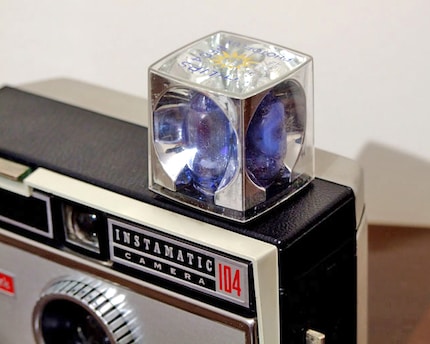
An older model than mine but with the same flashcube
Highlight number three: The Instamatic is foolproof. Although the photos are generally out of focus, underexposed or ghastly in some other way, they are photos nonetheless. And that wasn’t a given back in the day. Take inserting a roll of film, for example. Some cameras would fail to load the roll of film properly and crumple it up instead. By contrast, film for the Instamatic camera came in closed cassettes. That meant no pulling, crumpling, tearing, chewing or crushing.
Today, the Instamatic can’t be used anymore. This is due to the fact that there are no more flashcubes, no film and no more photo labs that can develop the films. I reckon that’s a good thing.
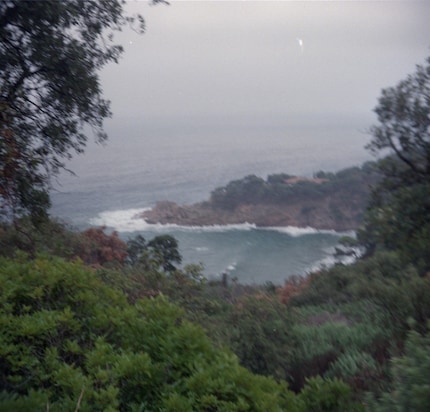
Scanned negative of a typical photo taken with the Kodak Instamatic. Costa Brava, 1988
2. Holga
Let’s keep our focus on the square. The Chinese luxury plastic brand Holga quite literally managed to square the circle back in 1982: The lens only illuminates the middle part of the square photo.
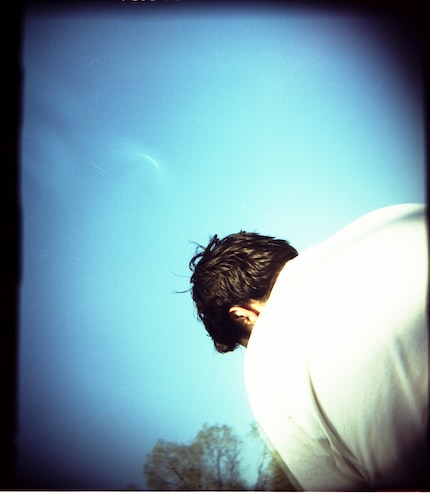
But that’s not all. Holga lenses produce pretty much every mistake under the sun: Distortion, colour distortion, blurred edges, chromatic aberration – you name it, Holga delivers. On the plus side, the camera is not perfectly lightproof. This creates light disturbances that are different in every camera; making each Holga truly unique.
Know-it-all Wikipedia states that a true Holga lens has been available for a while now and that it enables you to create all the Holga-esque mistakes with your state-of-the-art SLR camera. It goes without saying that I had to give this a go. Apparently, the Holga lens has a f/8 aperture. And what does that look like? Check it out:
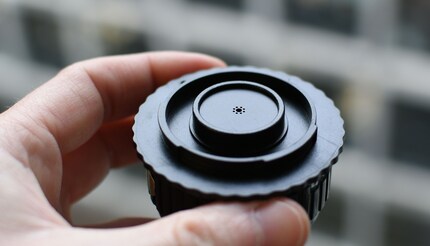
You might criticise that the manufacturer of this "lens" obviously doesn’t know the difference between an aperture and a flower. But that may be a tiny bit small-minded of you. After all, it is keeping the spirit alive that made Holga big in the first place.
The fun starts with the fact that the camera doesn’t display the aperture and you can only take pictures in manual mode. I can hardly see a thing in the viewfinder because the lens lets in very little light. But the camera doesn’t let me down: The photos are as bad as expected.


By the way: The original Holga is a medium format camera. Somehow, this doesn’t fit in with its low-cost concept. And it makes the camera a little weirder than it already is. The same goes for the Diana – another cheap medium format camera from Hong-Kong that has been re-issued under the brand name Lomo.

The perfect cue to talk about the third iconic camera.
3. Lomo LC-A
Russia’s answer to the Chinese counterpart. Lomo (Leningradskoje optiko-mechanitscheskoje obedinenije) cameras capture the glory of Soviet days past. Ironically, these days they are made in China.
After the fall of the Soviet Union, a Lomo fan base developed in the West. Taking spontaneous pictures with your Lomo isn’t called snapshooting but Lomography and is considered an art form. It’s hard to understand the appeal. Originally, I think the charm was to stray off the beaten track and do something completely off the wall. Lomography’s motto is: “Don’t think, just shoot”. Although this may have been cool in the 90s, it doesn’t quite work today as we’re constantly shooting without thinking as it is. Surely, we don’t need to do that with analogue film too.
I have no first-hand experience with a Lomo and don’t wish to change that. Although I don’t like to admit it, an “improved” version of this camera is available for sale from us. Feel free to purchase one but I won’t.
4. Polaroid instant camera
Over time, many different versions and models of this legendary instant camera have come out. Some of them are said to have been pretty decent but on the pricey side. However, my grandfather’s Polaroid definitely belonged to the category “trash”. But that didn’t matter. After shooting it would spit out a photo that was black to start with. You could then watch it develop itself. As a child, I found this extremely exciting and fascinating.
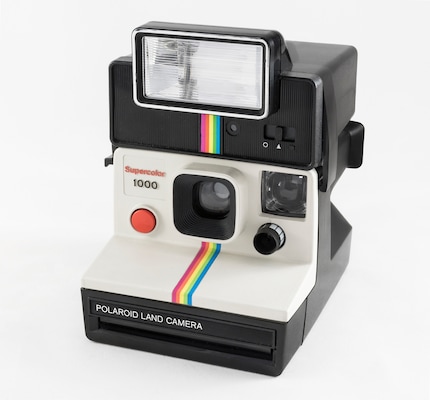
Source: Jacek Halicki CC-BY-SA 4.0
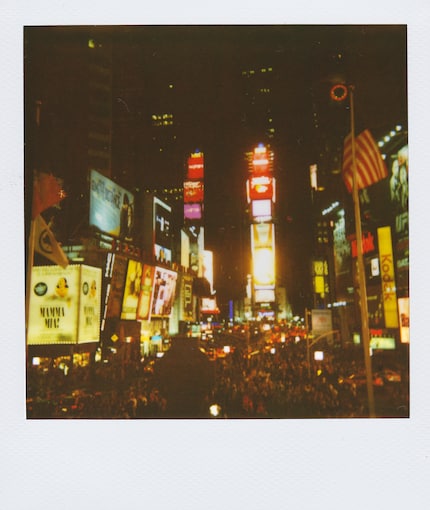
Source: Sasha Kargaltsev CC-BY 2.0
A few years ago, Polaroid tried to bring the instant camera concept back to life in the digital age. The idea was to print the snaps onto special, self-adhesive photo paper called Z-Ink. At the time, I tried it out for myself and it wasn’t too bad. The colours were very similar to the analogue original. However, it was probably a stupid idea in the first place. After all, digital photos are instant by nature, so there’s no need to install a printer on the camera.
Today, the analogue Polaroid is available again.
5. Homebuilt pinhole camera
Remember the good old days when you could make a camera out of an old Coca Cola can? That’s exactly what a school mate of mine did back in the day. And this is how it’s done: Cut off the top which leaves you with a lid. Puncture the lid with a needle. Lightproof everything with black tape and place photo paper inside. To get our pinhole selfie, we needed to hold still for about 30 seconds. The curvature of the paper added the fisheye effect.
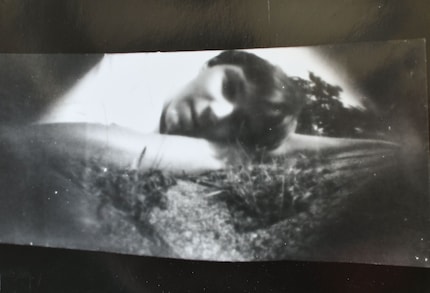
Naturally, we could’ve used the cardboard box the photo paper came in; the advantage being that the paper would have fit perfectly. On the other hand, there wouldn’t have been that fisheye effect.
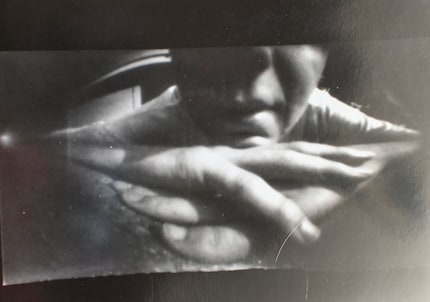
And what are your all-time favourite cult-status cameras?
Cover picture: Raymondlafourchette, CC BY-SA 2.0
My interest in IT and writing landed me in tech journalism early on (2000). I want to know how we can use technology without being used. Outside of the office, I’m a keen musician who makes up for lacking talent with excessive enthusiasm.
From the latest iPhone to the return of 80s fashion. The editorial team will help you make sense of it all.
Show all